- Messages
- 3,119
Naked Mole Rats.


Follow along with the video below to see how to install our site as a web app on your home screen.
Note: This feature may not be available in some browsers.

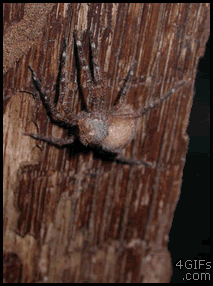
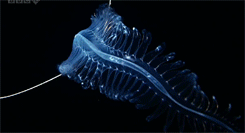
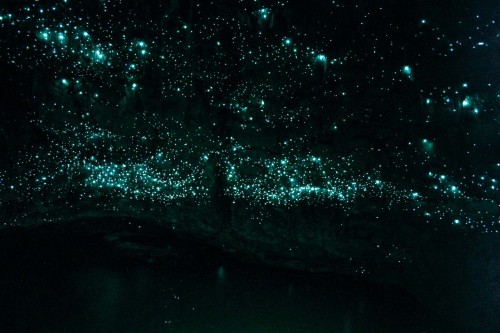
This picture was taken inside a cave, the Waitomo Caves in New Zealand, where the ceiling is covered in Millions of Glow Worms!
The little glow worms produce light using an enzyme called luciferase which causes Oxygen and a chemical called Luciferin to react, producing the light.









Penis Snake

This, uhm… peculiar eyeless animal is actually called Atretochoana eiselti. It is a large, presumably aquatic, caecilian amphibian with a broad, flat head and a fleshy dorsal fin on the body. (Image credits: fotos.noticias.bol.uol.com.br)
Jag-you-are.

They're Mexican too. Which just goes to show you that Mexicans bears work harder than any other animals.


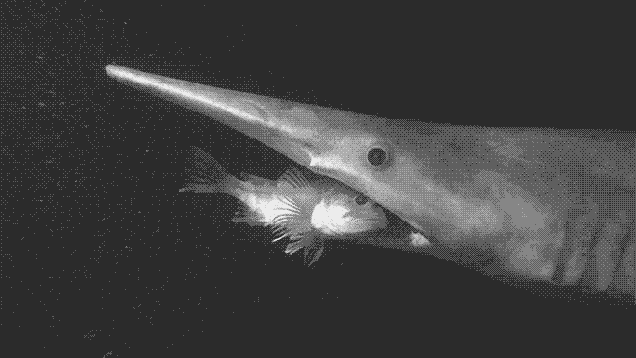
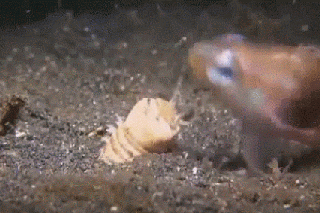

Can I start this back up? I've seen some weird shit these past couple years.
Can I start this back up? I've seen some weird shit these past couple years.
If I was anything other than human, I want to be this armoured bastard.Have you guys ever listened to the album that Guns N' Roses put out after "Appetite for Destruction"? It was an acoustic record called "G.n'.R. Lies".



That guy above is the Australian Thorny Devil... kind of reminds me of early Guns N' Roses.
fucking chinese censors... wait...
ok here it is... in video.
its pretty graphic
Octopuses are known to be very intelligent creatures, but one octopus in New Zealand is outclassing all of her peers by taking photographs of her aquarium visitors. World, meet Rambo, the very first trained octopus photographer, or octographer, as we now say.
